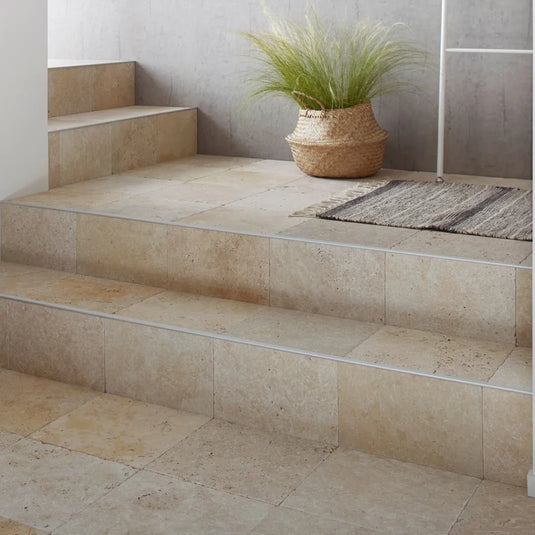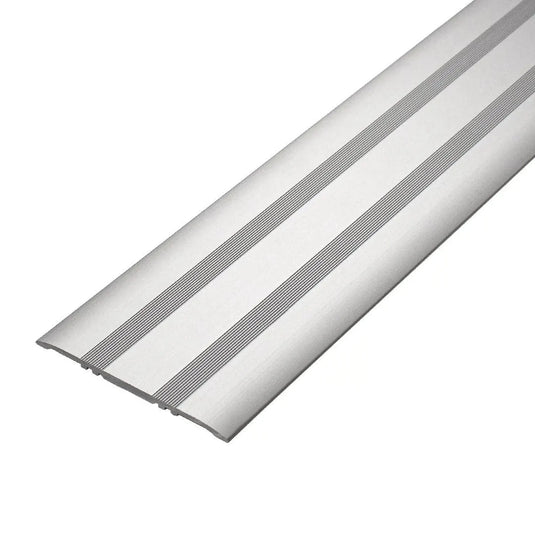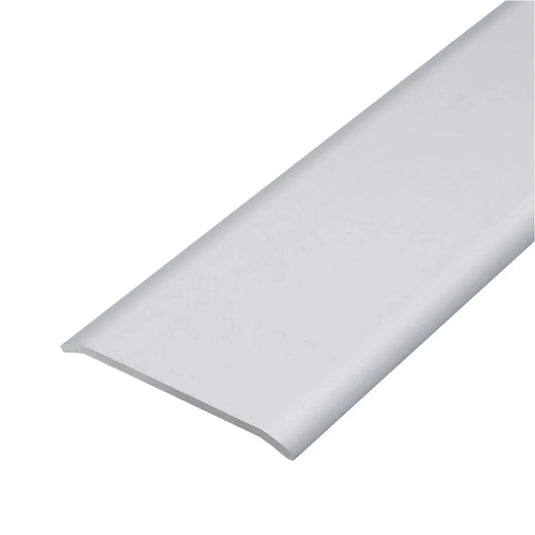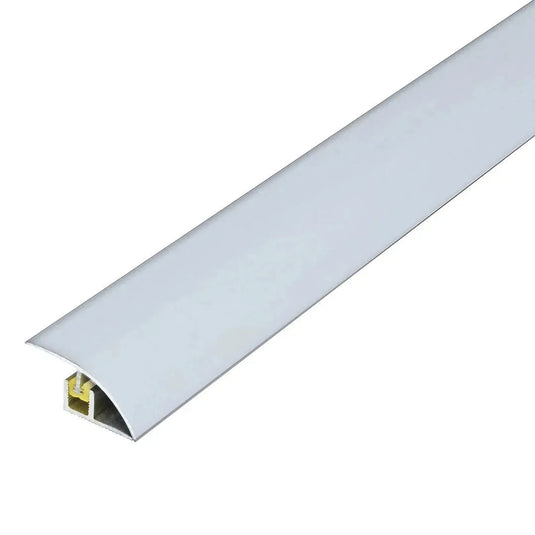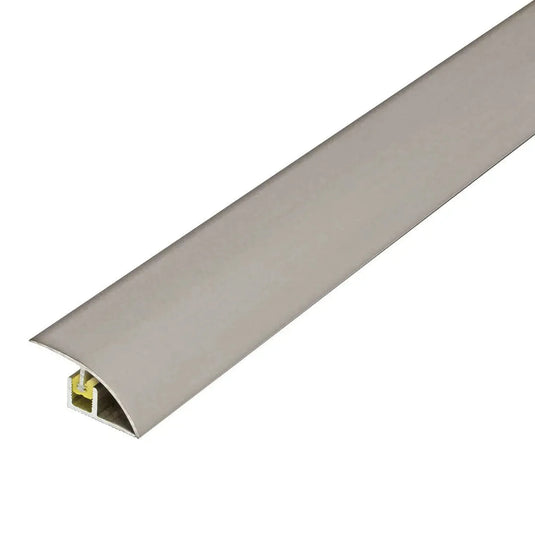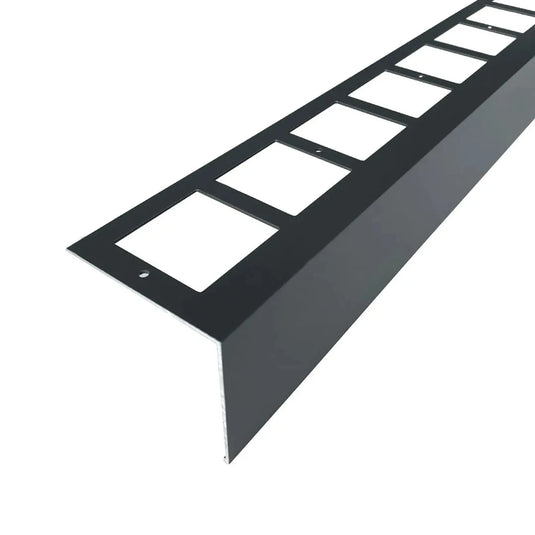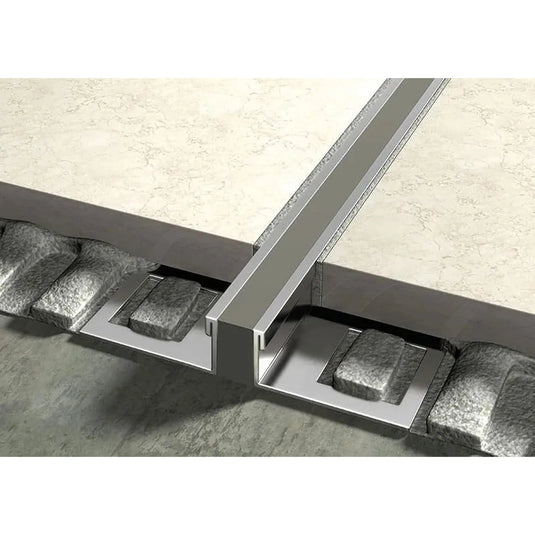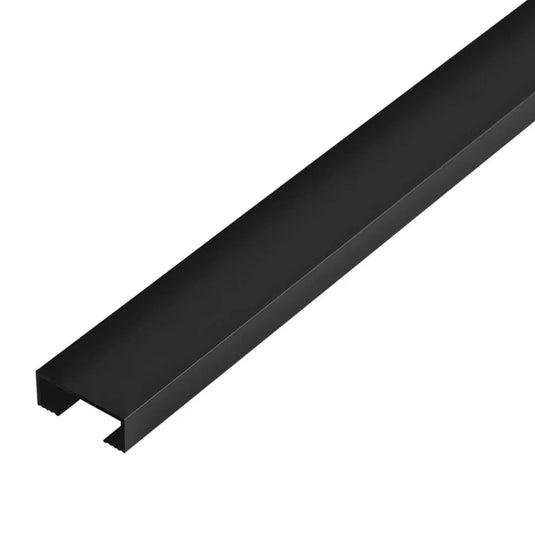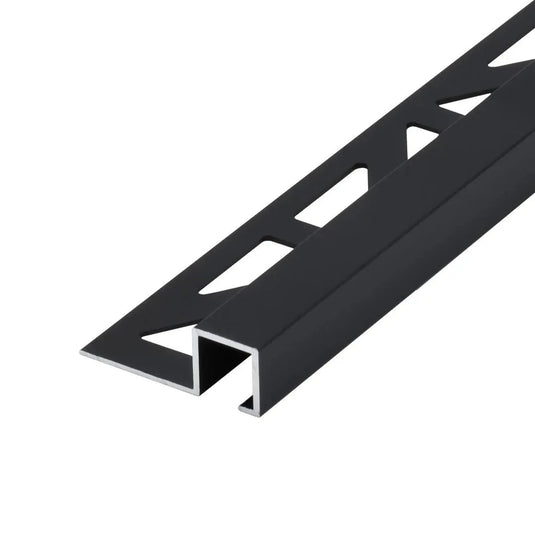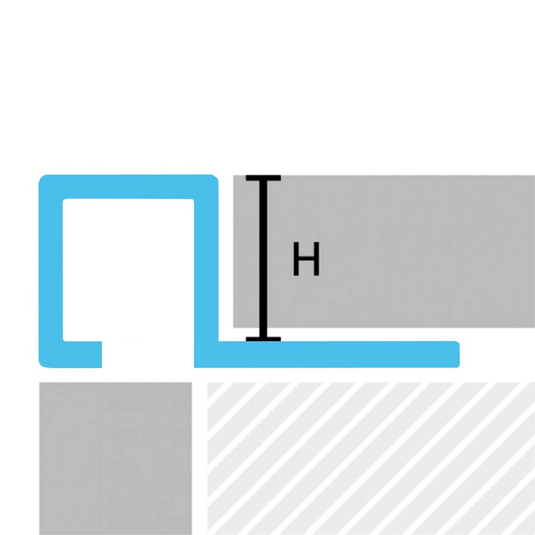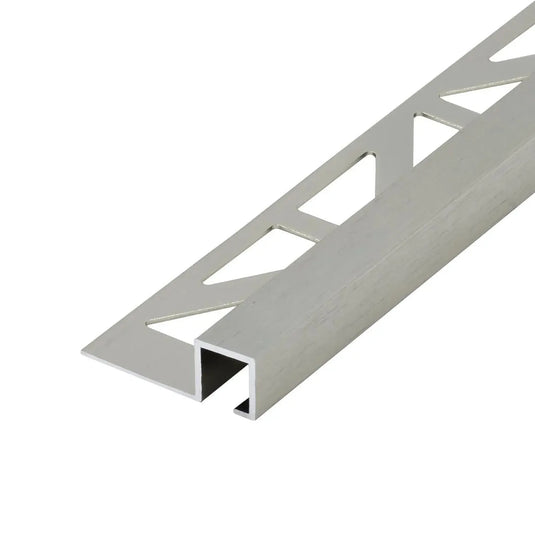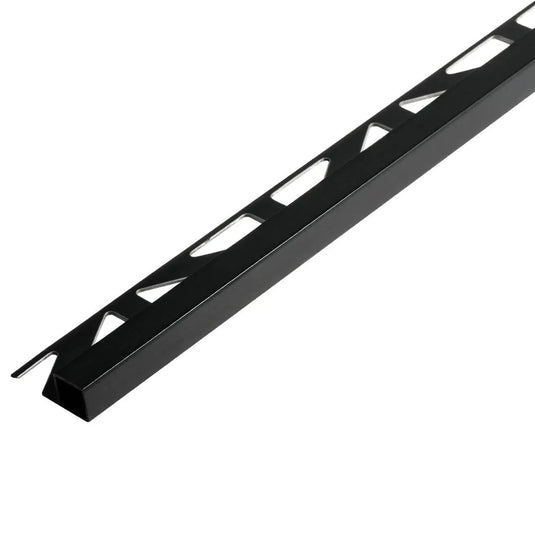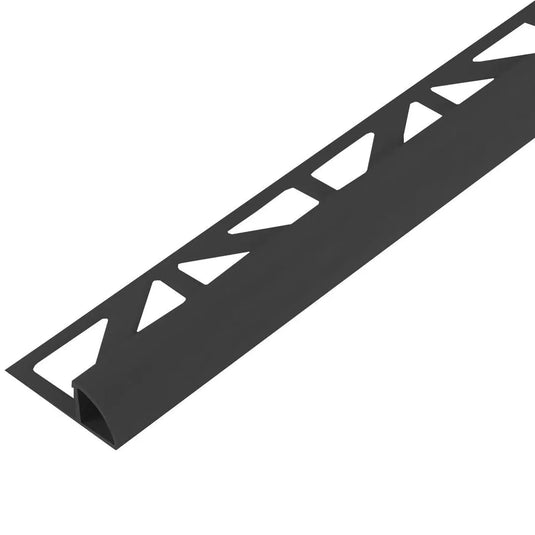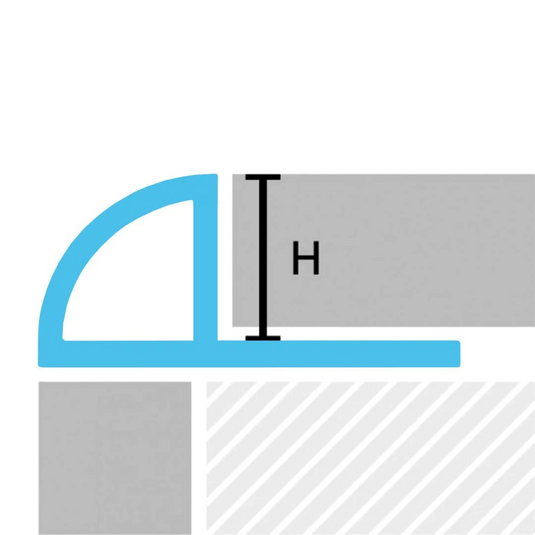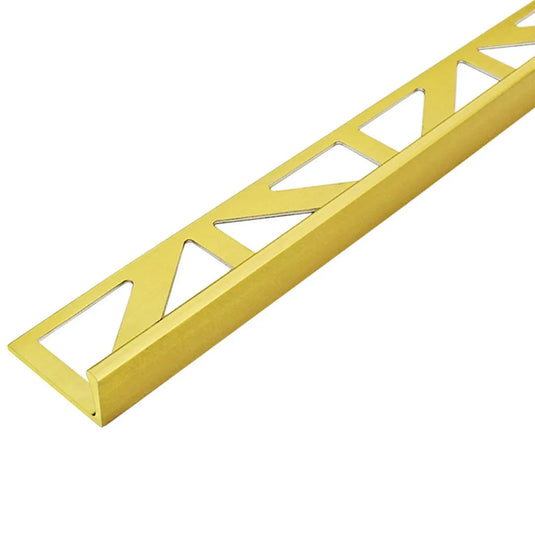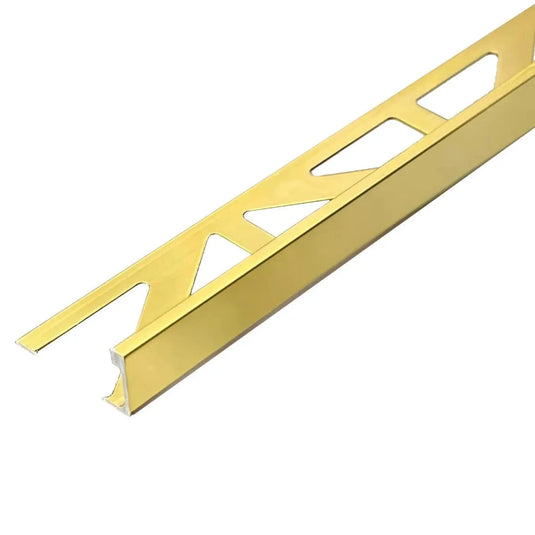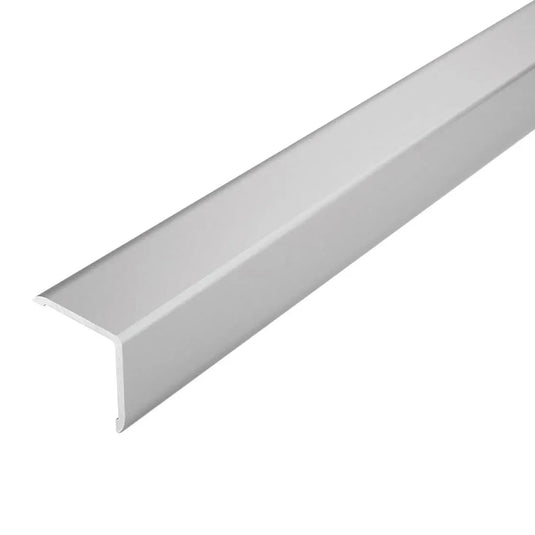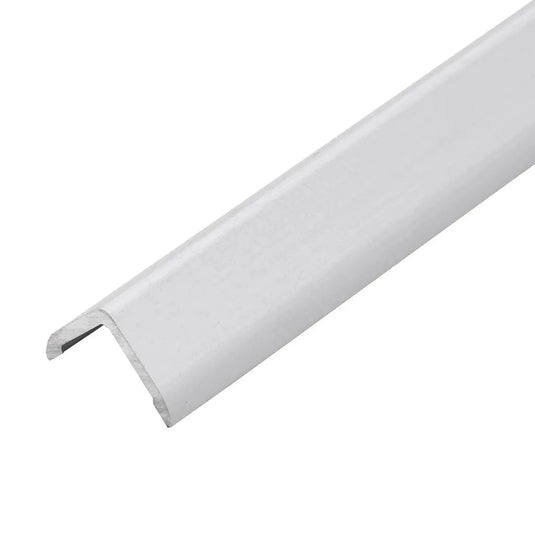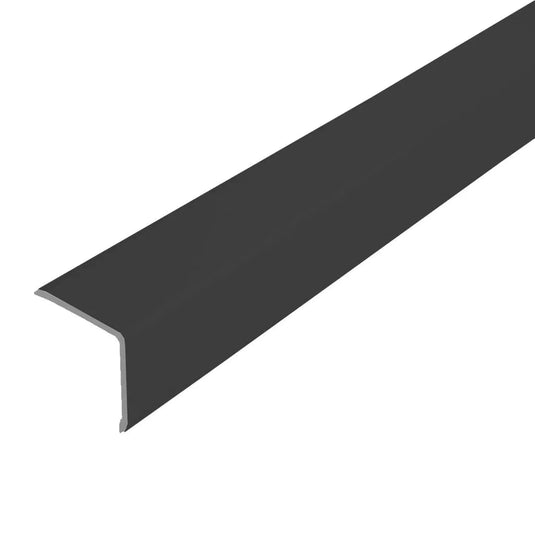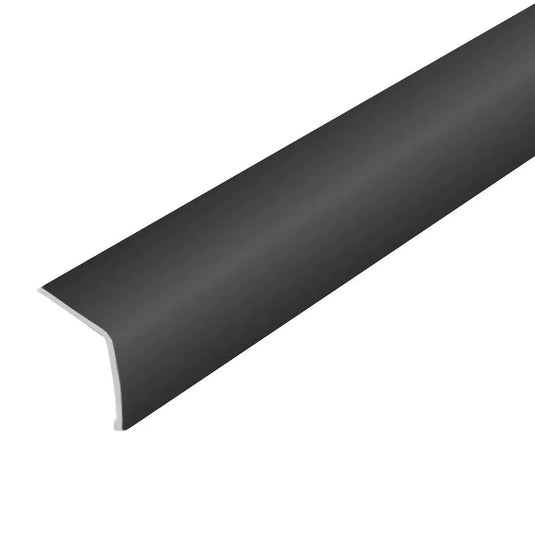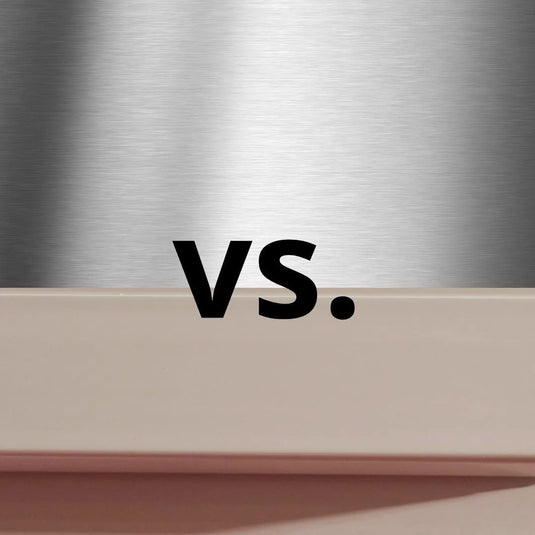Although they are rarely considered in many construction projects, missing tile profiles can lead to unexpected problems later on – from damaged edges to untidy finishes. However, such defects can be easily avoided with the right accessories. By considering the design and functional possibilities of tile profiles at an early stage, you can lay the foundation for a durable and high-quality result.
Tile profiles for beginners: functions and areas of application
Tile profiles are not just simple edge finishes, but versatile elements that play a crucial role in the world of tile laying. Are you renovating or building a house or flat and wondering what tile profiles actually are? What functions do they fulfil and when should you definitely use them in your tiling project? This guide provides answers and an insight into the world of tile profiles for beginners.

What are tile profiles?
Tile profiles, also known as tile trims, are special components used in tile installation to fulfil various functions. These narrow profiles, made of plastic or metal, are placed at the edges of tiles or in transition areas and not only serve as a decorative finish, but also fulfil practical purposes.
Basic functions of tile profiles
Tile profiles are not only used for decorative joint design. Here is an overview of their basic functions:
- Protection against damage: Corners and edges are susceptible to impact and wear. Tile profiles offer physical protection that prevents damage to the tiles.
- Definition of areas: Tile profiles help to create clear lines and boundaries between different areas of a room. This improves the visual structure of the room.
- Seamless transitions: Particularly important when connecting different floor coverings or tile patterns. Tile profiles create a smooth transition and give the room a harmonious appearance.
- Setting design accents: By selecting different materials, colours and shapes, tile profiles can deliberately set design accents and enhance the overall design.
When should tile profiles be used?
The use of tile profiles is useful in various scenarios and can be advantageous in numerous projects:
- Corners & edges: In rooms with lots of corners and edges, such as bathrooms and kitchens, tile profiles should be used to protect the edges of the tiles from damage and mechanical impact.
- Transitions between different floor coverings: In rooms where different floor coverings meet, tile profiles not only create a clean transition, but also prevent tripping hazards.
- Stairs & steps: Special step profiles are required for stairs and steps, not only to improve the design, but also to ensure safety with non-slip surfaces.
- Design elements: In any room where design elements are to be emphasised, tile profiles can be used deliberately to add accents and enhance the design.
Conclusion
Tile profiles are not just edge finishes, they fulfil important functions that influence the success of a tiling project. They are usually easy to use, offering not only protection but also significantly enhancing the ambience of a room. When are tile rails used? Whenever high-quality, modern tile laying is important. What are their basic functions? Tile profiles are used for protection, definition, transitions and to add design accents. Where should they be used? In rooms with lots of corners, with different floor coverings, on stairs, in wet areas and whenever design elements need to be emphasised.
In our shop, you will find a wide variety of tile profiles such as straight edge tile trims, square edge tile trims and round edge tile trims.
